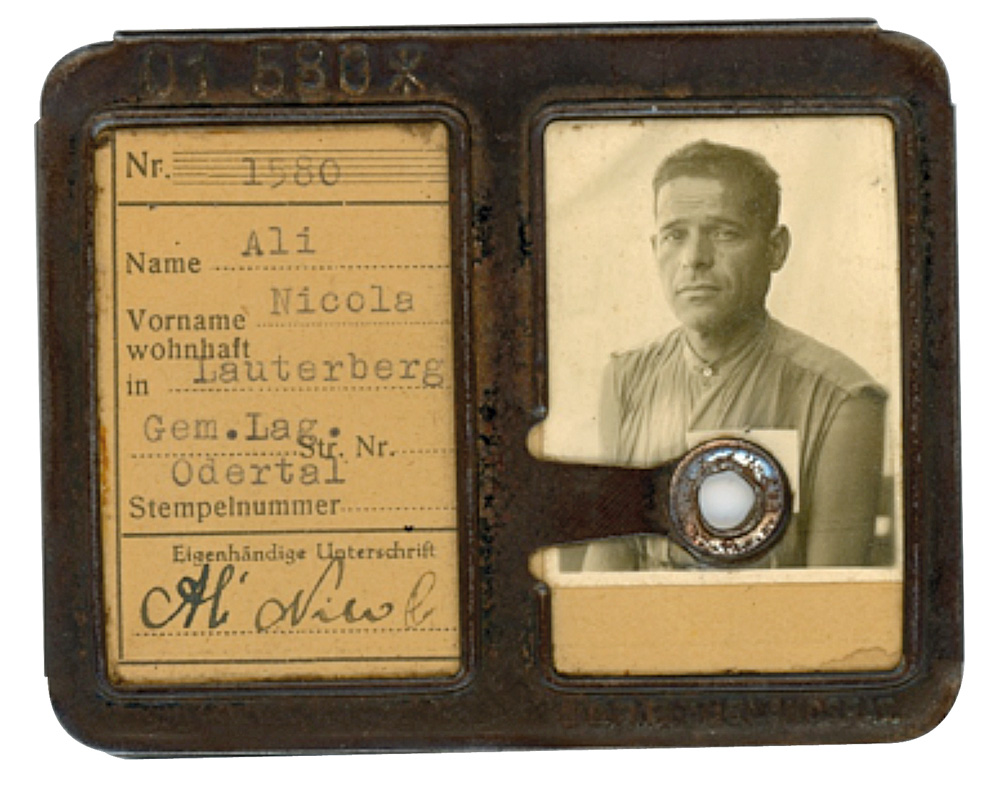The whole arsenal of measures previously applied in occupied Europe (offers of attractive job contracts, conscription by age group, roundups in the countryside and raids in urban areas) was then implemented in Italy, in partly different ways depending on the areas specifically targeted.
Operations originally conceived by the occupying forces primarily for other purposes, such as anti-partisan roundups or roundups aimed at moving the civilian population away from the territories behind the front, were also used to acquire manpower.
By applying to Italy a practice that had already been in use for some time in Nazi Germany, the aim was to also take common inmates held in prisons.
The various bodies of the Italian Social Republic cooperated, or in any case did nothing to hinder each other. The Italian civilians abducted after the armistice of 8 September 1943 to be used as manpower also had to suffer political prejudices, as well as those of an ideological and racist nature.
They were placed at a very low level in the hierarchy of “races”, and their treatment was often characterised by violence and exploitation.
What made 8 September a watershed and the subsequent period decidedly dramatic for the Italian Fremdarbeiter was the shift towards blatant forms of coercion (although the great recruitment of industrial workers in 1941 had already introduced partial forms of coercion, through requests to companies to name workers they could do without).
To those already working in Germany, and forced to remain in the Reich after 8 September, we must therefore add the approximately 100,000 enlisted mainly by force in occupied Italy, as well as other Italians residing in the territories of Western Europe – France, Belgium and Luxembourg – placed under the rule of the Reich, moreover for the most part already affected in various ways, and not always registered according to their nationality of origin.
Among those taken from occupied Italy we should also include some of those rounded up in September 1943 in Campania, a few days before the “Four Days of Naples”; just as, for example, the almost 700 people rounded up in the Quadraro district in April 1944 are counted for Rome. Furthermore, from August to October 1944, following the order dated 19 July 1944 given by the Oberkommando der Wehrmacht (Supreme Command of the German armed forces) to the divisions on the front to evacuate all the Italian male population northwards, about 60,000 people were rounded up in the territories controlled by the German 12th and 14th Armies alone. These captives were then subjected to selection and medical examination for work and divided into three categories: 1) men ready for employment in Germany; 2) men ready for forced labour in Italy; 3) men unable to work.
Of the 60,000 rounded up in those 2 months, around 7,000 were transferred to Germany, while 22,500 remained for forced labour in Italy.
In total, as has been said, we may estimate that over 100,000 Italians ended up across the border as civilian/forced workers in the 20 months following 8 September 1943.
Considering that similar numbers had already been living in German territory since before 8 September and had remained imprisoned there, this meant almost 200,000 people.
